Thanks for the invitation of Zhihu.
To facilitate more Zhihu netizens to read, I specially invited the Zhihu team to translate my answers into Chinese, and the following answers will be presented in both Chinese and English.
I think 「Avatar: The Way of Water」 is an adventure first and foremost it's very emotional, it's more emotional than the first film. I think it focuses more on character and relationship dynamics than the first film did, but it definitely delivers on the spectacle and my love of oceans. It’s a family story and an emotional story, a love letter to family and how family makes you stronger. It is not a film that beats you over the head with its message, but it asks you to feel for the ocean and then maybe a few people can translate that into action, containing a strong environmental message.
Compared to the first film, Jake and Neytiri fall in love in the first movie, so obviously the first one is about a love story. The natural progression of Jake and Neytiri was for them to start a family, raising children in a time of war and great turmoil. You can still find joy while teaching them (the children) skills to stay alive, questions human greed in mining or extraction projects.
The second film talks about the exploitation of the ocean. 「Avatar: The Way of Water」 centers on Jake Sully and Neytiri, now parents to five children, who try to protect their family from a new threat to Pandora. They seek refuge with the oceanic Menkalinan clan and learn the way of water to survive.
The oceans are very important to me. I’ve been passionate about the ocean before I ever met the ocean. I learn to scuba dive in rural Canada, and I love to what it means to us symbolically. Subconsciously we all know that the ocean is like our mother. At least by making a film, I can give something back from the standpoint of conservation and preservation of the ocean. 「Avatar 2」 combines two great loves of my life: the movie telling stories with pictures, and the ocean. Everything just happened naturally.
I am also very proud that we have captured the facial performance of non-human characters. These characters are similar to us, but not human beings. This effect is not achieved through makeup, but a character generated by CG. We hope that the effect of the character is 100% real, and at the same time, the emotion expressed by the actor is 100% conveyed.
People say - my work is often the most expensive and most ambitious production to date. And if the current filmmaking technology doesn’t match my vision, we have to create our own technology. When we made 「Avatar」 it was a quantum leap forward in performance capture photography. And now with 「Avatar 2」, I and our team have done it once again. This is 「how we shot it」, we try our 110% off what we can do. In this series, we’ve covered movies like 「Titanic」「Top Gun:Maverick」, and have done everything, everywhere, all at once.
We’ll be using Studio Binder shot list feature fully populate our shot spaces. I had been dreaming of 「Avatar」 for decades. I wrote the original treatment before making 「Titanic」, but the technology at the time could not match my vision. I was on a quest for the Holy Grail. The Holy Grail was to be able to reproduce full human emotion in a CG character. So, I waited, and over the next few years, I over saw the development of the tech and processes required.
In 2007, we finally cracked the code. For my sci-fi epic, three different camera systems were used for three different shooting scenarios. CG Performance Capture. Live action. And a hybridof the two. The fist was a virtual system used for motion capture scenes. Basicmotion capture technology works like this. Actors wear suits with makers thatreflect infrared light back to stationary cameras. While HD reference cameras provided animators with detailed coverage to complete the physical performance, a reported 120 stationary cameras captured the actor's positions and movements.
Once the performance capture was complete, the crew packed up and headed to New Zealand to shoot all the live-action footage with the Fusion 3D Camera. The Fusion camera rig had two Sony F950s cameras to shoot native 3D. This meant that one camera shot left eye footage and the other shot footage for the righteye. This creates a more natural 3D affect that matches our own vision.「Avatar」 saw a leap forward in technology and filmmaking. And 13 years later, I and my team did it again for the sequels. Following the first film, the sequels would be shot in 3D. But what about shooting 3D underwater? The camera options were three times larger and difficult to operate. The beauty of it, if you can solvethe water, then you will never worry about it anymore. You can do everything and have freedom with it.
The key to do was - to shoot really underwater and really at the surface of thewater, so people were swimming properly.you know, and they were taking their own way to get out of the water properly or diving properly and it just looks like real because the motion was real. Because these kids have to learn how to be underwater, they don't know how to be underwater, they were raised in theforest, their fear factor probably helped. Although everybody was very well trained and we used a very safe and systematic way to allow them to dive, they were all scuba trained. But we didn't use scuba, so they got used to being underwater for long periods of time and we went to Hawaii, and we got everybody on scuba we're also doing free diving training at the same time.
The more you expand you disbelieve, the more you will enjoy the fantasy. We are all join hands and skip off to Pandora together.
感谢知乎的邀请。
为了方便更多的知乎网友阅读,我特别邀请知乎团队将我的回答翻译成中文,以下回答将以中英文对照的形式呈现。
我认为《阿凡达:水之道》首先是一次历险,它饱含情感,甚于前作。我认为它比第一部电影更注重人物性格和关系的变化,并透过奇观传递了我对海洋的热爱。这是一则关于家庭的感人故事,一封写给家人的情书,展示了家庭如何让一个人变得更强大。这不是一部向你大脑中灌输信息的电影,而是需要你感受海洋,或许可将感动转化为行动,传递了强烈的海洋环保信息。
相比之下,电影的前作中,杰克和奈蒂莉坠入爱河,很明显是关于爱情的故事。杰克与奈蒂莉的关系逐渐发展,在充满战争与动荡的时期组建家庭,抚养孩子。教他们(孩子们)生存技能的过程充满乐趣,同时可揭示人类在资源开采项目中的贪婪无度。
第二部电影则讨论了海洋开发的问题。《阿凡达:水之道》主要讲述了杰克·萨利和奈蒂莉——身为五个孩子的父母,他们试图保护家庭,应对潘多拉星球面临的新威胁。他们向海洋 Menkalinan 部落寻求庇护,并学习水中生存之道。
海洋对我来说意义非凡。甚至在我与海洋未曾谋面之前,就已对海洋充满热爱。我在加拿大偏远的地方学习了水肺潜水,我喜爱它蕴含的象征意义。潜意识里,我们都认为海洋如同母亲。至少通过拍这部电影,我可以从海洋环境保护的角度作出回馈。《阿凡达 2》融合了我毕生两大挚爱:以画面叙事的电影和海洋。于是一切就这样自然发生了。
令我自豪的是,我们捕捉到了非人类角色的面部表情。这些角色与我们相似,但不是人类。这种效果不是通过化妆实现,而是通过 CG 生成的角色展示。我们希望角色的效果百分百真实,同时演员表达的情感也得到百分百传达。
人们常说,我的作品往往是迄今为止最昂贵、最富野心的大制作。如果当下电影制作技术达不到我设想的效果,我们就必须自己创造技术。当我们拍第一部《阿凡达》时,它带来性能捕捉摄影的一次巨大技术飞跃。现在通过《阿凡达 2》,我和团队又一次做到了创造技术。这就是我们拍摄它的方法,我们的团队永远付出 110% 的努力。我们将《泰坦尼克号》《壮志凌云:独行侠》等电影融入这一系列,并且天马行空,一气呵成。
我们将使用 Studio Binder 的快照列表功能完全填充我们的镜头空间。几十年来,我一直梦想着拍出《阿凡达》。在制作《泰坦尼克号》之前,我写了最初的故事大纲,但当时的技术无法实现我想象的画面。我在寻找圣杯(追寻梦想)。这圣杯就是通过 CG 角色中再现完整的人类情感。所以,在接下来的几年里我一直等待,时刻关注并观察着所需技术的发展。
2007 年,我们终于破解了密码。在这部科幻史诗中,CG 动作捕获、真人表演以及两者的混合体,这三种不同的摄影系统被用于三种不同的拍摄场景。FIST 是一个用于动作捕捉场景的虚拟系统。动作捕捉技术基本工作原理是这样的:演员们穿着一种特殊服装,其能将红外光反射回固定摄像机。与此同时,高清参考摄像机为动画师提供了完整动作表演的详细覆盖范围,120 个固定摄像机用来捕捉演员的位置和动作。
表演部分拍摄完成后,工作人员收拾行装前往新西兰,用 Fusion 3D 摄像机拍摄所有的真人镜头。Fusion Camera Rig 包含两台索尼 F950s 相机,用于拍摄原生 3D。这意味着一台摄像机拍摄左眼镜头,另一台摄像机拍摄右眼镜头。这最终创造出与我们双眼视觉效果更自然匹配的 3D 画面。
《阿凡达》见证了电影制作技术的飞跃。13 年后,我和我的团队又在续作中再次实现飞跃。延续前作,续作以 3D 形式拍摄。但若是在水下拍摄 3D 呢?摄像机选项是普通摄像机的三倍之多,难以操作。但它的美妙之处在于,如果你能解决水的问题,那么你就再也不必担心其它了。你可以拍摄与水相关的任何事情,并且随心所欲。
该片的重点是要在海底和海水表面上拍摄,以展现人们自由自在地在海中畅游。也就是说,他们要以自己的方式自如地跃出水面或潜入水中且非常逼真,因为这确实来自真实的动作。因为这些(杰克和奈蒂莉的)孩子必须学习如何在水下生存,他们成长于潘多拉森林,不会潜水,对水恐惧因素正好被表现得恰如其分。我们让每个演员都接受良好的水上训练,并使用了非常安全和系统的方式让他们学习潜水。他们都受过水肺潜水训练。但在拍摄时我们没有使用水肺,而是使他们习惯了在水下自然地待很长一段时间。我们去到夏威夷,并让每个演员在水肺潜水同时也进行了自由潜水训练。
抛掉越多心中的怀疑,就越能畅游幻想世界。就让我们携起手来,一起跃入潘多拉星球吧。
在电影资料馆附近的中影影城看了点映,12 月 14 日票根如下:
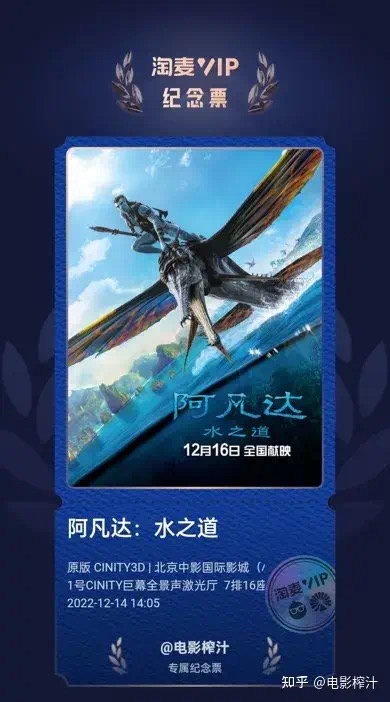
先说结论:
1、要去有特殊效果的影厅看,IMAX、CINITY、中国巨幕、杜比、高亮激光……whatever 不出放映事故都行,找一个离你最近的特别效果影厅,尽量找能放映高帧的厅,普通厅释放不出这部电影的全部视听效果。
2、片长 193 分钟,实际看起来体感时间更长,尽量少喝水,一定会二刷或者多刷,营造的视效太瑰丽。
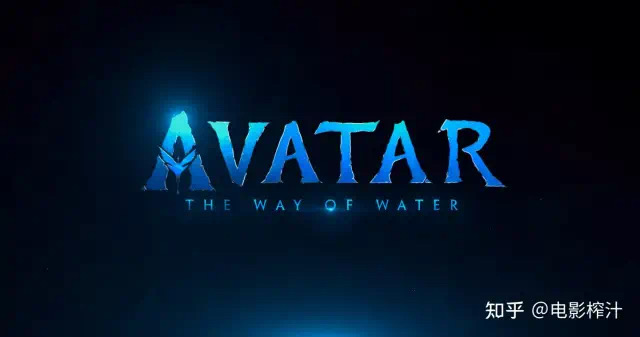
3、全片剧情是很典型的三幕结构,第一幕在追忆《阿凡达 1》的情怀;
第 2 幕比较疲软冗长;
第 3 幕大决战再次紧张起来,看得人热血沸腾。
4、结尾留了悬念,但最后没有彩蛋,《阿凡达 3》肯定有。
第二部和第三部是背靠背拍的,第三部也同步拍完。
卡神接受采访时提到,如果第二部和第三部票房表现好,就有第四和第五部。
5、熟悉卡梅隆的影迷都知道,他是个深海探索迷和机甲迷,电影处女作《食人鱼 2:繁殖》就拍的水下怪鱼,后来除了拍泰坦尼克号,还搞了好几部沉船的纪录片。
这次《阿凡达 2》可以说卡神把自己的深海和机甲爱好相加,双厨狂喜。
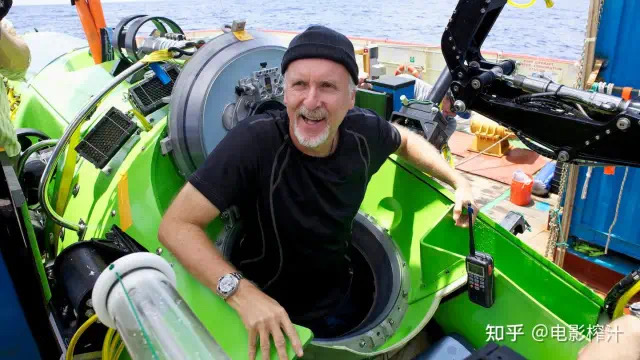
爱好海底探险的卡神
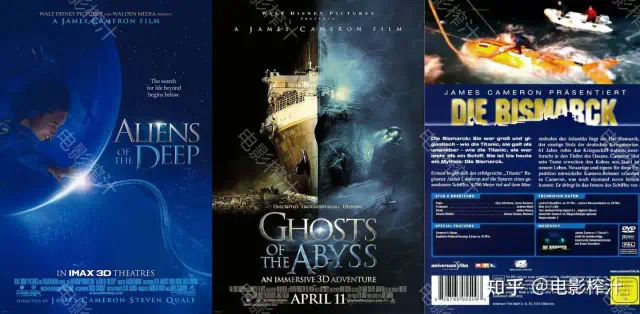
卡神导演的几部海底探索纪录片
6、肥温的戏份并不多,比较失望,但因为她名气最大,所以之前关于《阿凡达 2》制作的新闻总在报道她,比如说她在水底憋气 7 分钟之类的。
7、 电影中展现了这么多关于捕鲸的戏份,不知道日本人看了作何感想,会不会觉得「辱日」。
作为一部期待了这么多年的续作,片中出现了很多迷影彩蛋,第一时间凭印象罗列,也欢迎在评论区补充:
1. 电影开场镜头
《阿凡达 2》的开场镜头和《阿凡达 1》杰克做的梦一样,也是那个在潘多拉星雨林上飞的镜头,一秒就把观众带回当年的回忆。
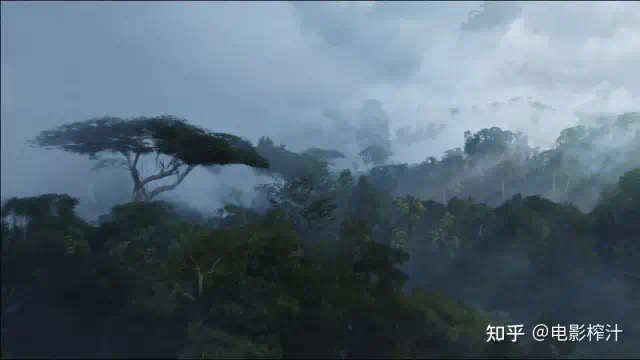
2. 怀孕的 Neytiri 和她标志性的拉弓姿势
据卡神说,他本来是想在《阿凡达 1》最后安排 Neytiri 怀了杰克的孩子,但当时没有实现,最终放到了第二部里。
第二,她的这个反手拉弓姿势也在致敬《阿凡达 1》。
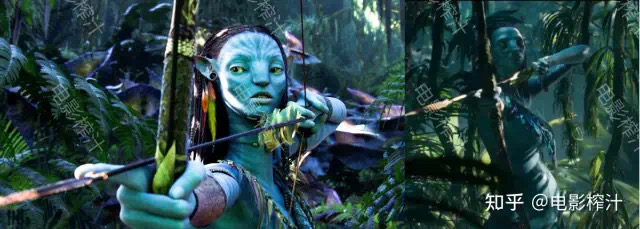
据关于《阿凡达 1》制作的纪录片《捕捉阿凡达》中解释,当年卡神为了让纳美人看起来像外星人,对他们的各种动作和形象细节都做了设定。
其中反手拉弓就是一个改变,为了让纳美人看起来像外星人。
但当时剧组找来的射箭教练认为这个动作不可能实现,结果卡神拿起弓就这样射出一箭,射箭教练也不得不承认可行。
于是这个动作就成了 Neytiri 的标志性动作。
3. 美国陆军战吼
在反派阿凡达刚刚在飞船里醒来后,其中一个大兵变成的阿凡达叫了一声「呼哈」或「呜哈」。
这种喊声是美国陆军的战吼「hoo-ah!」,最爱喊这句话的电影角色是《闻香识女人》里阿尔·帕西诺饰演的退役盲人中校,他在电影里每隔一段时间就要喊一下。
4. 迈尔斯·夸里奇上校的训话
还是在迈尔斯·夸里奇上校等反派醒来后,他给其他的大兵阿凡达训话,第一句也说了《阿凡达 1》中的台词「你们已经不在堪萨斯了」。
这句话一方面是字面意思,堪萨斯城确实有美国海军陆战队的后备支援中心,另外一个意思就是告诉新来的:你们现在真的来到战场了,不在家了。
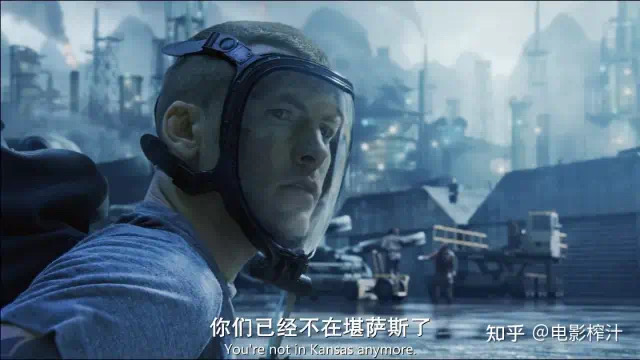
《阿凡达 1》中迈尔斯·夸里奇上校给杰克等新来的训话,背景的百叶窗其实是美国国旗的排列方式,这也是《阿凡达 1》中的一个细节隐喻。
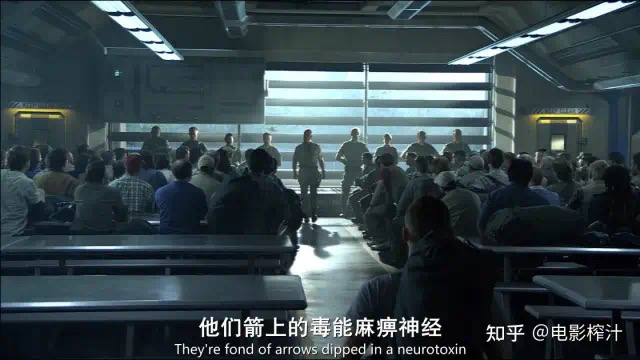
夸里奇上校背后的百叶窗是美国国旗形态
在《阿凡达 2》中为了区分反派几个阿凡达大兵,在他们的形象上也特意强调了这些人的纹身和军装,用来区别杰克这边阿凡达编织的服装。
关于阿凡达身上穿的各种衣服和配饰,在纪录片《捕捉阿凡达》中也提到。
卡梅隆说虽然全片是 3D 制作的,但奥斯卡欠他们剧组一个最佳服装设计提名。
因为纳美人穿的原始部落编织风格的服装,服装设计指导的团队都一比一亲手缝制出了实物,再由维塔数码制作成虚拟的。
5. 迈尔斯·夸里奇上校和将军的对话
从迈尔斯·夸里奇上校和将军的对话可以得知,上次人类来潘多拉星只是来掠夺矿产的,这次要直接殖民了。
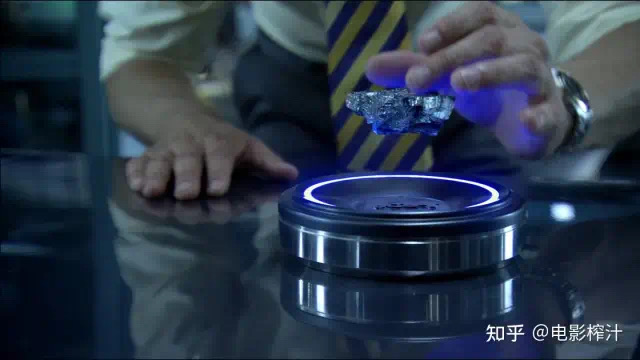
《阿凡达 1》中的矿物
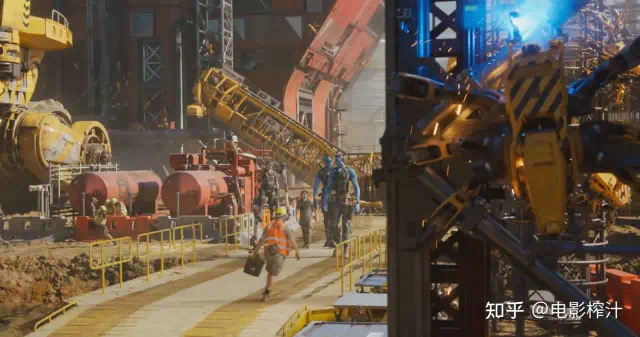
《阿凡达 2》准备直接殖民
目前两部《阿凡达》的剧本都有一个对殖民主义反思的内核在里面。
6. 雨林深处的移动联结站
在《阿凡达 2》一开始,再次出现了《阿凡达 1》结尾时杰克和 Neytiri 射死夸里奇上校的地方。
这处单独的联结站是《阿凡达 1》将近结尾时,飞行员楚蒂帮杰克等人从悬浮山运到雨林深处的。
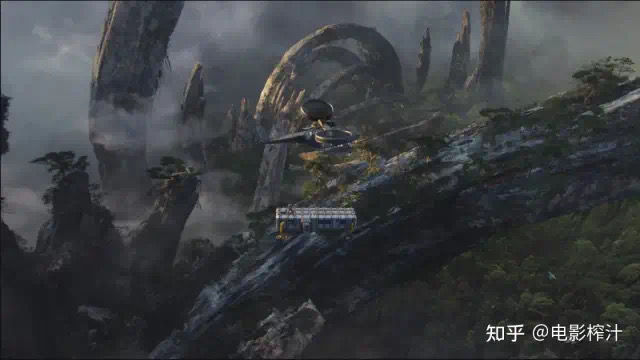
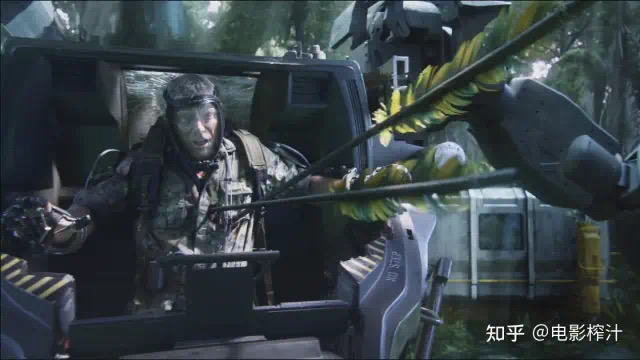
在这里夸里奇上校被最终打败,《阿凡达 2》中带有他记忆的大兵阿凡达再次来到这里。
7. 纳美人的手指
纳美人的手指有四根,这也是卡梅隆设定的纳美人与地球人不同的一个小地方。
所以在《阿凡达 2》中有对杰克的孩子,以及格蕾丝的孩子手指的嘲笑。
因为他们是人类和阿凡达的混血,有五只手指。
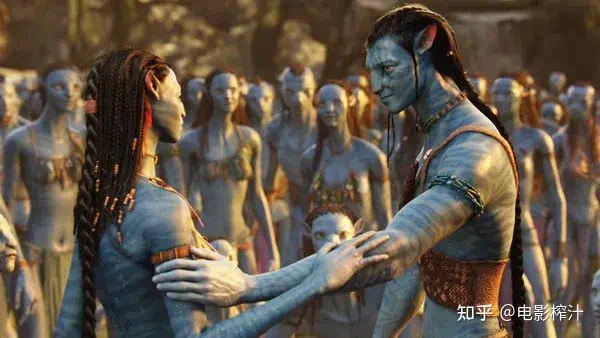
杰克有五根手指,Neytiri 有四根
8. 审讯蜘蛛
在人类抓到小男孩 Spider 后,对他刑讯逼供,这个场景很像经典电影《发条橙》里的名场面。
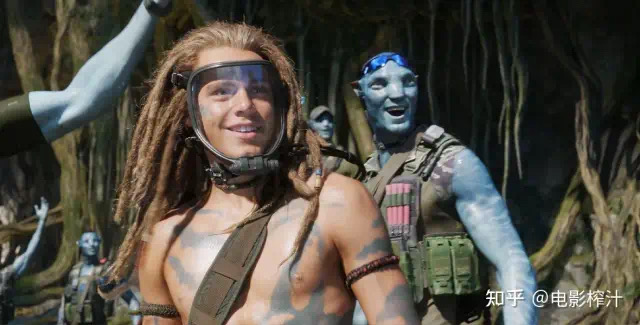
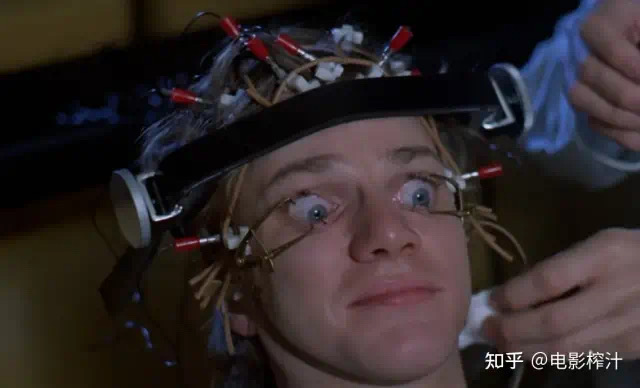
饰演 Spider 的这个小演员 Jack Champion 也不简单,还在《复仇者联盟 4》中客串过一个小镜头,都是大 IP,这次成了主演之一,未来可期。
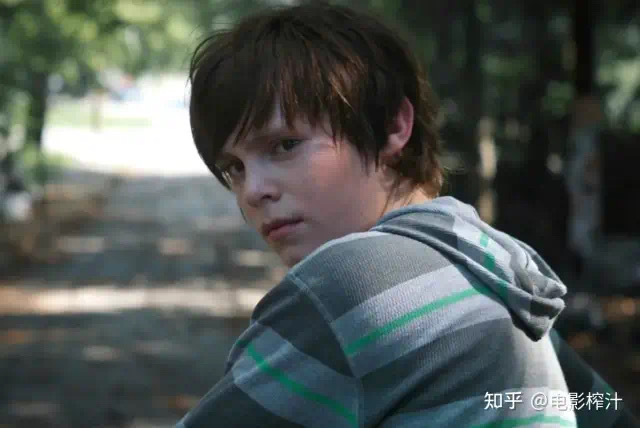
Jack Champion 在复联 4 里的镜头
以上就是《阿凡达 2》中的几个细节彩蛋,还有一些小点,比如最后一个镜头都是杰克睁眼,蜘蛛带着夸里奇上校去征服伊卡兰,还有《阿凡达 1》中使用的手铐等等,除了这些肯定还有遗漏,欢迎补充。
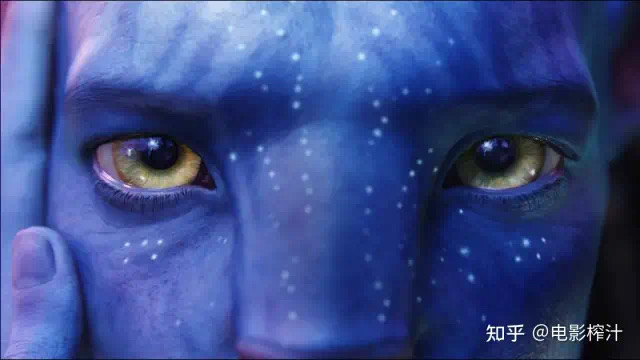
两部结尾镜头都是杰克睁眼
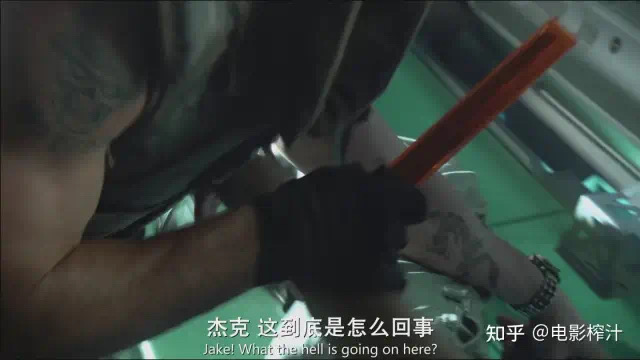
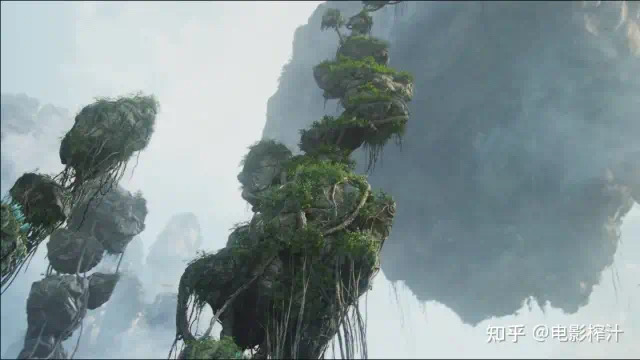
总的来说,《阿凡达2》绝对是部佳作,但给观众和行业带来的震撼肯定不及第一部。
《阿凡达 1》就好比当年乔布斯发布的第一代智能手机 iphone,有着彻底的革命性意义。
但现在再来看《阿凡达 2》,就像 iphone5 到 iphone6,或者 iphone13 到 iphone14 的提升。
better,但有限。
尤其是《阿凡达 2》的故事,出自一对夫妻档职业编剧之手,写的非常工整,甚至是老套,对剧情不要报太大希望。